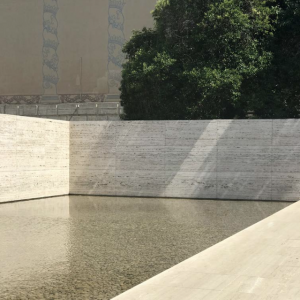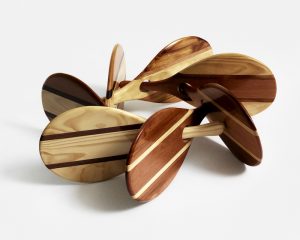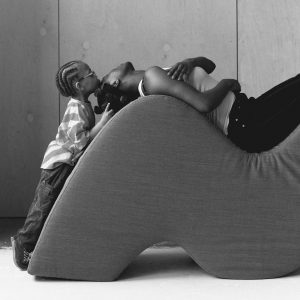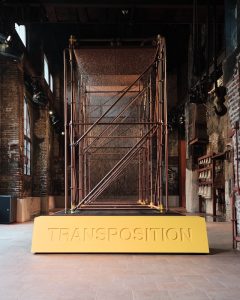The insides and outsides of Cassina’s revived Soriana sofa
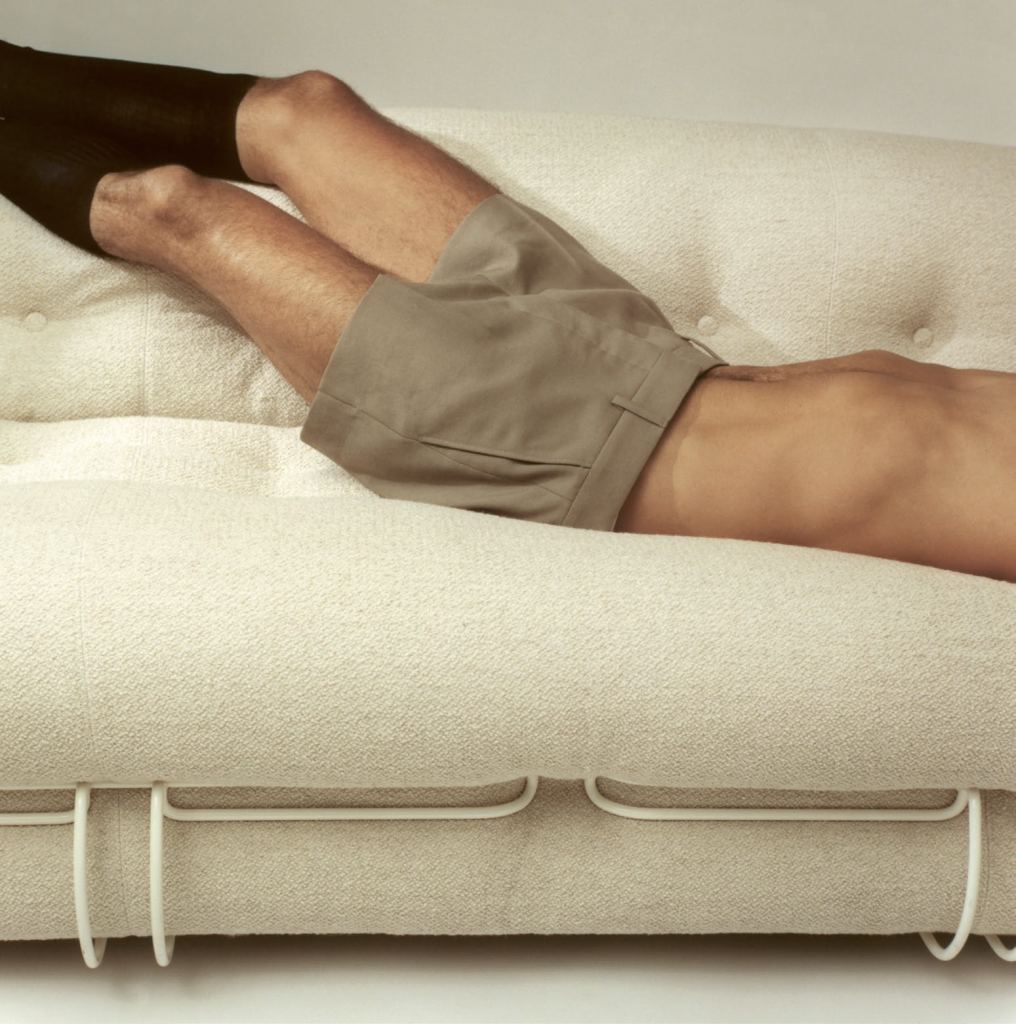
It’s not hard to see why Tobia and Afra Scarpa choose Soriana as the name for the curvaceous and highly strokable – almost feline – sofa that they designed for Cassina more than half a century ago. Soriana is the Italian word for a tabby. Only in production in its original form for 11 years, it is now back in the firm’s catalogue, albeit using new materials. It won Italy’s best-known design prize, the Compasso d’Oro in 1970. The judges were impressed by the simplicity of its construction: a sculpted foam block, wrapped in a single piece of leather or textile, given shape by a chromed steel tube.
Tobia Scarpa, now aged 88, and his late partner Afra played an essential part in the development of contemporary Italian design. Tobia, only son of the celebrated architect Carlo Scarpa, designed his first chair when he was still a student. It was shown at the Milan Triennale in 1959. Tobia and Afra worked for most of the family-owned businesses that were turning Italy into the world’s leading centre of modern design. They did chairs for Dino Gavina, lamps for the newly founded Flos and furniture for Molteni. Above all they designed for Cesare Cassina and Piero Busnelli, two entrepreneurs who worked together as co-owners of C&B for a while, and then went their own way when C&B became B&B Italia.

In the 1960s they designed Cassina’s showroom in Meda and a factory for B&B Italia. They began a long relationship with the Benetton family, building their first factory in 1964 and designing the template for the company’s worldwide chain of fashion shops.
Cassina was one of the first manufacturers to make landmark pieces of modern design an essential part of its output. The masters programme – iMaestri, as it was branded in Italian – brought back into production the iconic range designed not only by Le Corbusier, but also by Pierre Jeanneret and Charlotte Perriand. Cassina also makes Charles Rennie Mackintosh and Gerrit Rietveld designs. It put Frank Lloyd Wright’s Taliesin armchair into series production for the first time, something that had never been the case during the architect’s lifetime.
Cesare Cassina commissioned the Neapolitan design historian Filippo Alison to oversee the Maestri programme at the end of the 1960s. Marco Sammicheli, director of the Museo del Design Italiano and curator of the design, fashion and crafts sector at the Milan Triennale, described the rigour of Alison’s approach. “It was necessary to find a manufacturing method that used the techniques of our own time, in accordance with principles the designer himself would have approved of. The objects reproduced in this way are neither fakes nor copies.”
The Soriana range, made up of a sofa and armchair, was originally commissioned by Cesare Cassina in 1969, and manufactured until 1980. Since then, surviving vintage pieces have enjoyed a second life with collectors. More recently, Soriana became part of the fascination for what has come to be known as mid-century modern; it started cropping up in Architectural Digest photoshoots. Partly, its appeal was its exotic status as a lesser-known piece by two major designers. But it was also a reflection of the optimism of its time. “It’s like if Claes Oldenburg made a chair; or a beanbag with more structure,” says Rodman Primack, the former executive director of Art Basel, Design Miami.
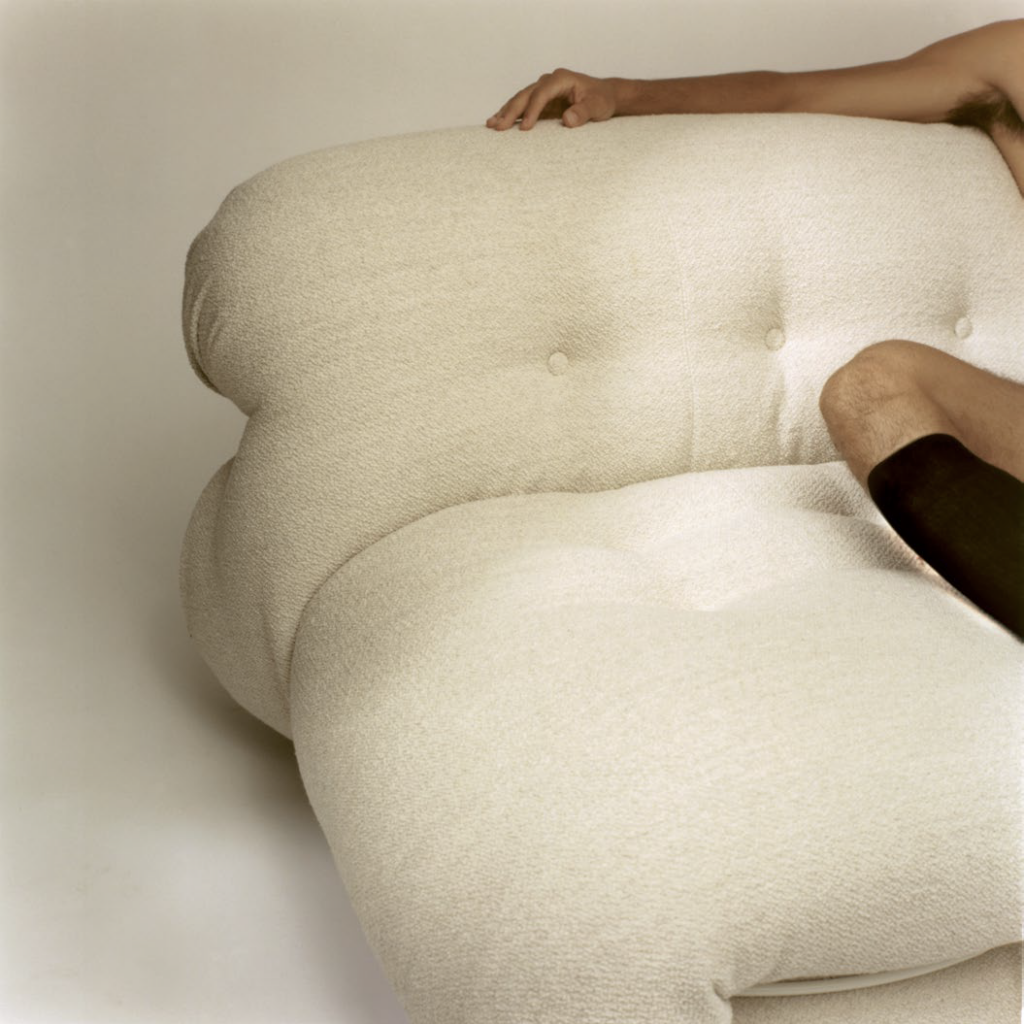
That second life as a vintage piece is what led Cassina – no longer the family-run business that it was in 1969, but part of American-owned Haworth – to reissue Soriana. The original piece was one of the early examples of a sofa using polyurethane foam in place of conventional upholstery’s horsehair and metal springs. Now that polyurethane is seen as less than benign, the new Soriana is based on recycled plastics. The seat is padded with 100 per cent recycled blown fibre made from polyethylene terephthalate (PET) recovered from the not-for-profit enterprise Plastic Bank.
The original design pushed the surface as well as the filling of the sofa, as Tobia explained. “At the beginning, the workers did not understand that the leather covering was not supposed to be taut… but to appear like a soft, creased fabric curled around this soft mass and held together by a sort of giant metal spring.”
This new design is part of the research carried out by Cassina LAB to promote wellbeing and circular design, and is available in a range of upholsteries and leather.
Photographer GAËTAN BERNÈDE
Styling GEORGIA THOMPSON
Model GABRIEL AT W MGMT
